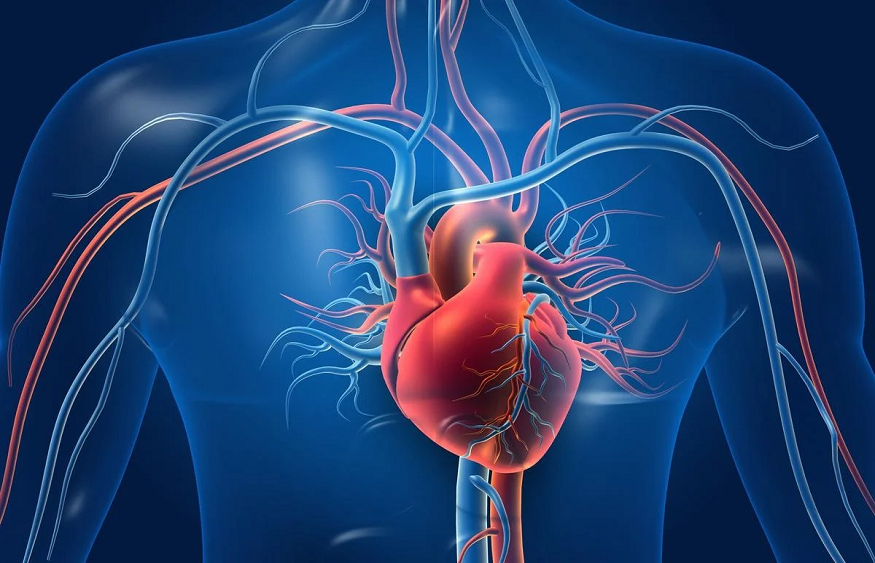
The Role of Exercise in the Treatment of Chronic Diseases
Regular physical activity has long been recognized as an essential component of a healthy lifestyle. However, its significance goes beyond mere fitness and weight management. Exercise plays a vital role in the prevention, management, and treatment of chronic diseases. In this blog post, we will explore the profound benefits of exercise and its therapeutic potential in various chronic conditions.
1. Cardiovascular Diseases
Exercise is a cornerstone in the management of cardiovascular diseases. Regular aerobic exercise improves cardiovascular fitness, lowers blood pressure, reduces LDL cholesterol levels, and enhances overall heart health. It strengthens the heart muscle, improves circulation, and decreases the risk of heart attacks, strokes, and other cardiovascular events.
2. Diabetes
Physical activity is crucial for individuals with diabetes. Regular exercise helps improve insulin sensitivity, promotes better glycemic control, and reduces the risk of type 2 diabetes. It aids in weight management, lowers blood glucose levels, and enhances the body’s ability to utilize glucose effectively. Exercise also contributes to cardiovascular health, as heart disease is a common complication of diabetes.
3. Respiratory Conditions
Exercise plays a vital role in managing respiratory conditions such as asthma and chronic obstructive pulmonary disease (COPD). Aerobic exercise helps improve lung function, increases respiratory muscle strength, and enhances exercise tolerance. It can reduce symptoms, such as shortness of breath, and improve overall respiratory health and quality of life for individuals with these conditions.
4. Mental Health Disorders
Regular exercise has significant mental health benefits. It is known to reduce symptoms of anxiety, depression, and stress. Exercise stimulates the release of endorphins, also known as “feel-good” hormones, which contribute to improved mood and overall mental well-being. It also promotes better sleep, boosts self-esteem, and provides a sense of accomplishment and empowerment.
5. Musculoskeletal Conditions
Exercise plays a crucial role in managing musculoskeletal conditions, such as osteoarthritis and osteoporosis. Strengthening exercises help build muscle mass and improve joint stability, reducing pain and enhancing mobility. Weight-bearing exercises, such as walking or weightlifting, promote bone density and reduce the risk of fractures in individuals with osteoporosis.
6. Cancer
Exercise has demonstrated significant benefits for individuals undergoing cancer treatment and in survivorship. It can help alleviate treatment-related side effects, such as fatigue, nausea, and decreased muscle strength. Regular exercise improves physical functioning, enhances quality of life, and reduces the risk of cancer recurrence in certain types of cancer.
Conclusion
Exercise is a powerful therapeutic tool in the treatment of chronic diseases. Its benefits extend far beyond physical fitness, positively impacting cardiovascular health, diabetes management, respiratory conditions, mental well-being, musculoskeletal health, and even cancer outcomes. However, it’s important to consult with healthcare professionals before starting an exercise program, particularly for individuals with complex health conditions. With appropriate guidance and a tailored exercise plan, individuals can harness the remarkable potential of exercise to improve their overall health and well-being, leading to a better quality of life despite living with chronic diseases.





